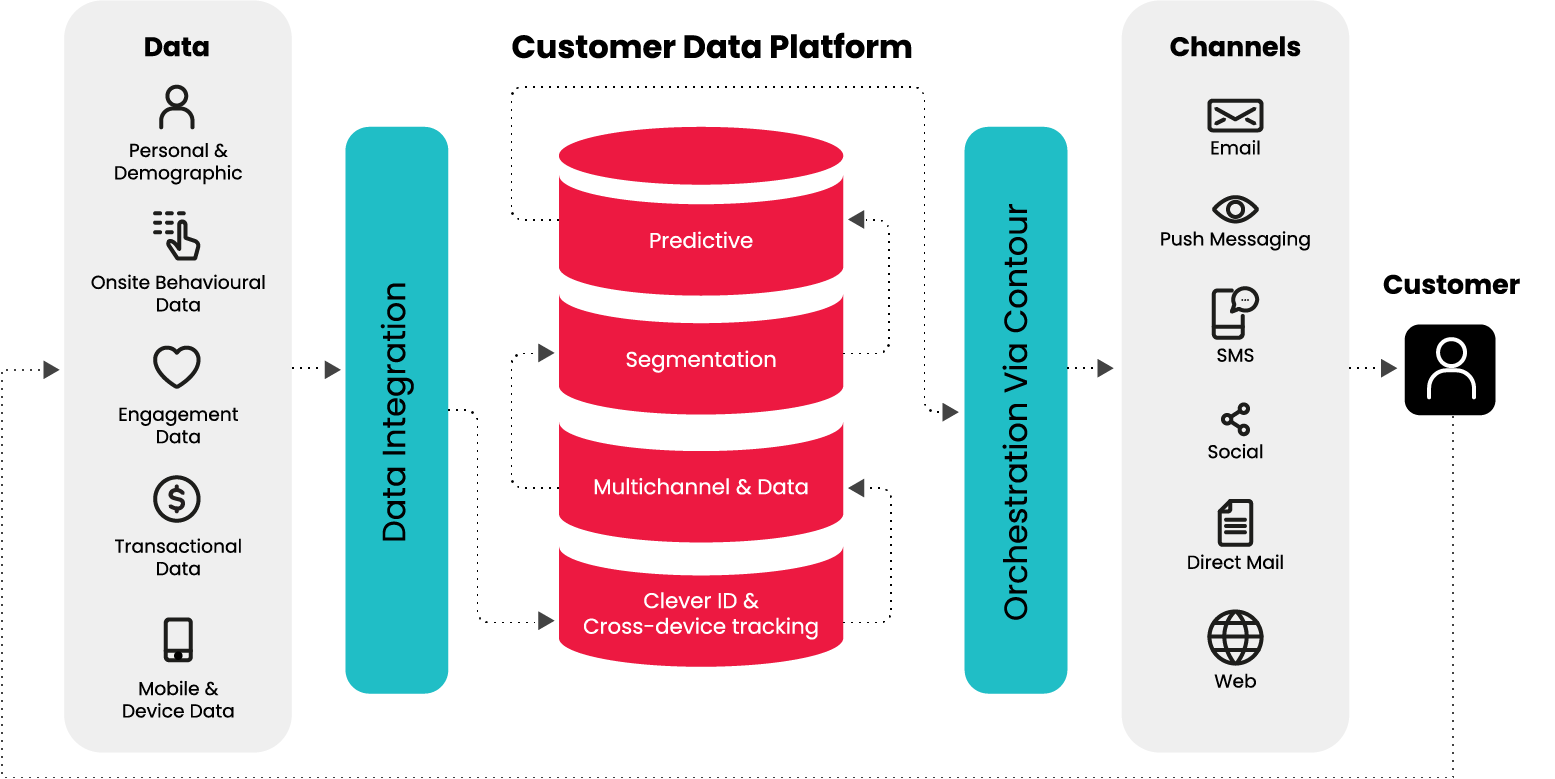Do you want to curate powerful content that attracts your target audience? Are you surprised that your creative content is failing to capture the attention of its viewers?
Well, don’t worry – we know exactly what you need: the power of data-driven content creation.
Data dominates the modern marketplace. It not only reveals our revenue and profit but also shows us how to earn them.
Content creation is one way that data can help us reach more audiences and gain or retain more customers. More than a third of B2C marketers already use data to drive their content creation strategies.
So why are content marketers increasingly utilizing data to create content?
What competitive advantage can data-driven content offer you?
How exactly can data help you curate creative content?
In this blog, we’ll explore how data-driven content can help you develop a robust and creative content curation strategy. We will also show you the different ways in which data can help you create impactful content.
Ready to harness the power of data?
Let’s get started!
What Type of Content Can Data Influence?
If you have ever done keyword research for a blog or used a customer survey to write a product description, you already know the influence of data in creating content.

Data can help you understand the preferences of your target audience and give you insights into your users’ behavior. Here is a comprehensive list of the types of content that data can help you create more robustly:
1. Written Content
Audiences use words to describe their problems to their search engines. In turn, the search engines look for websites that best understand and offer solutions to such problems through words.
Thus, Google has prioritized the creation and curation of written content in ranking websites on its results page for the past decade.
And while Google’s crawlers can’t contextualize the text like humans, they can visualize the content. But how do they do so? Through data! The crawlers “view” how often key search terms appear on a web page to ascertain its credibility in response to a search request.
Thus, we see the importance of data as the intermediary between our web pages and the users who access them.
Data can, therefore, help us sharpen several forms of written content:
- Website copies through A/B testing and consumer survey data,
- Blogs through keyword research and SEO analysis,
- Product & Service pages through search volume and Google Analytics data,
- Home Pages through product development information and customer behavior data.
2. Visual Content
If written content is the present, visual content is the future of content marketing. Consider the following statistics:
- Google witnesses more than 12 billion image searches every month,
- Over 60% of surveyed customers said they prefer a video over text,
- Blogs with images get 94% more views than those without.
These trends paint a clear picture of the power of data and visualization in content creation and marketing.
Data can help you develop the following kinds of visual content for your business:
- Pictures and images based on demographic and consumer preference research,
- Videos based on the physiographic attributes of the audience and your product,
- Reels & shorts through platform-specific research and influencer synergies,
- Infographics that blend data with different modes of conveying information and telling stories.
3. Combination Content
Often, the content you create combines visual and written elements. It brings together stunning visualizations or simple graphics with contextual data or product information.
For instance, LinkedIn is the go-to marketing platform for B2B enterprises. There, businesses utilize a sophisticated blend of visual and written content through dynamic ads, sponsored content and sponsored messaging.
On the other hand, 73% of businesses use some form of paid ads to promote their products and services. These ads combine graphic design, copywriting and animation.
Thus, an overwhelming majority of content is partly written and partly visual. Data can help you streamline and direct the creation of such content:
- Product brochures through segment-specific research,
- Datasheets through firmographic research,
- Email marketing through conversion and engagement analysis,
- Interactive content through impression and engagement data.
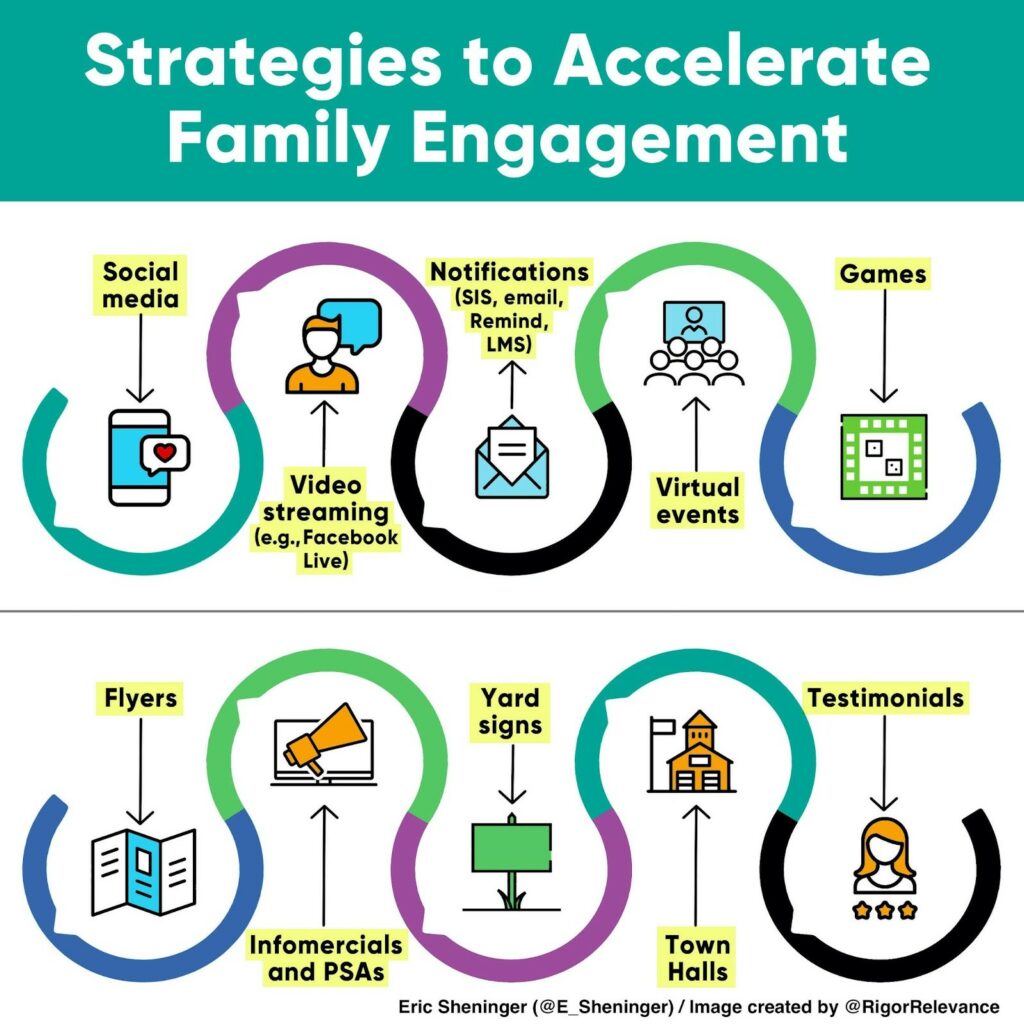
Thus, data has potential applications in creating all the different forms of business communication and content.
Now that we have understood which forms of content data can help us create, let us understand how we can use data to create it.
How to Use Data to Create Powerful Content
As we have seen, data can help us create content in different ways. But, it can also help us curate that content at different stages of creation and for specific platforms.
How to Use Data Before Creating Content
The primary use of data to create content isn’t to deploy data itself as content (for instance, through infographics). Rather, one of its most important strengths is its ability to influence the process of content creation itself.
There, it tells us what content to create and how to create it.
Here is how data can perform these functions:
- Audience Research
Imagine content as a product you are offering to viewers. Just as product development is informed by research into consumer preferences, so must content development be influenced by research into user behavior.
Audience research includes:
- The demographic data of the viewers:
- Age,
- Region,
- Platform of Engagement.
- The firmographic data of the viewers:
- The industry profile of target audiences,
- Regional user requirements,
- Size of the target market.
- The physiographic data of the viewers:
- Values that users seek,
- Hobbies that users practice,
- Lifestyles that users aspire to.
Such data is very important as it helps you understand:
- Which segments to prioritize,
- Where to target each segment,
- How to draw a prospect into the sales funnel through content,
- How to distribute marketing budgets,
- What content to create for different user profiles.
Thus, data helps you create and visualize different user profiles and target audiences. It then tells you how you can approach each profile in the most effective way.

- Keyword Research
Keywords represent the meeting of minds between customers and businesses. It enables users to voice and search for problems and for businesses to respond to them.
As we have seen, Google and other search engines have thus far prioritized written content in ranking websites. Therefore, keyword research and ranking are also extremely important metrics of content creation.
Good keyword research shows content creators exactly what to aim for when writing copies, blogs and home page content. It also tells them which words to use for maximum visibility.
In certain cases, it also enables websites to target specific regions through vernacular keywords. Such data enables you to create content specific to regional users and their behavior or preferences.
- Media-Centric Research
The third way data can inform content before its creation is through media-specific research. LinkedIn, Google, Facebook and other platforms offer tools through which businesses can analyze users’ responses to their ads and offers. The same is the case with advertisements.
A combination of historical ad and organic marketing data will tell you:
- Whether the assumptions behind your content strategy are true,
- What content your users prefer the most,
- Where your users best interact with your content,
- How you can expand your reach among different target audiences.
Several tools, like BuzzSumo, enable you to research media-specific trends and content performance. They can thus help you ensure you channel your content creation efforts in the right direction.
How to Use Data While Creating Content
Once you have understood which data to create for which audiences, you must execute the content strategy. Data can help you in three ways.
- Audience-Specific Content
To create powerful content, only create content with the maximum chance of informing, educating or converting its audience. For instance:
- Target older audiences only with TV ads and TV-specific discount offers,
- Target sports-watching audiences with celebrity endorsements from superstar athletes,
- Target younger generations with influencer-based content shown through reels and shorts
- Target B2B customers through email offers and LinkedIn’s sponsored content.
Thus, one key use of data is that it helps you break down audiences into profiles and create specific engagement strategies for them.
- Best Practices and Key Decisions
Data also helps you create best practices for written and visual content. For instance:
- Data tells us that there are over 12 billion image searches a month,
- Data tells us that images with accurate metatags are more likely to be indexed,
- Data tells us that blogs with images get more impressions than those without,
- Data thus tells us that every blog should involve images with accurate meta tags.
This is how data informs content during its creation. It helps us establish best practices for writing and curating blogs, product and service pages and homepage content.
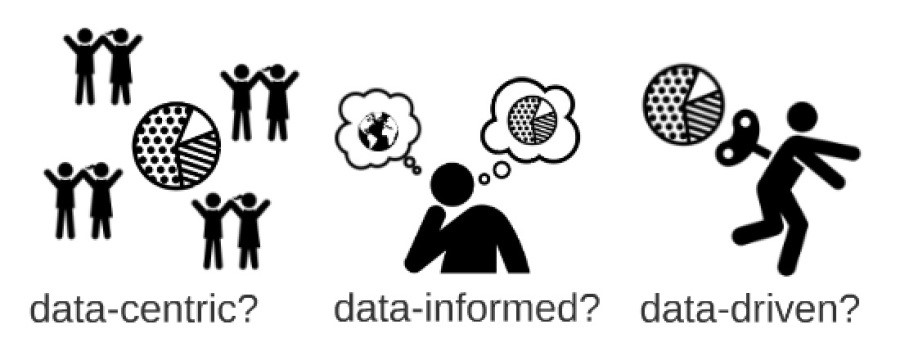
Data also tells other key things:
- Google’s metrics of rankings are changing with the advent of Generative Search,
- Images will become as important as keywords and written content,
- Keywords still retain their importance in organic rankings.
Through such information, data can inform best practices for content creation as well as key decisions like:
- How many times should a keyword be used?
- How many images should be added to every article?
- How far apart should keywords be placed for optimal results?
- How many words should a piece of content include?
- What should the ideal readability index of a piece of content be?
- How long should a video, reel or ad be?
Thus, data can help us create thresholds, formats and skeletons that each piece of content should follow for the best results.
- Including and Infusing Key Statistics
The last and most simple way to use data in creating powerful content is to use data itself as content. Statistics give users the confidence of objective numbers. They help users contextualize information and put it in perspective.
Thus, visualization is key to utilizing data to create powerful content. Different businesses can use it in different ways:
- SaaS companies can send monthly newsletters and reports,
- Hospitals can provide patient history when required,
- Educational institutions can have semester-wise reports,
- Financial institutions can send customers monthly statements,
- Sports websites can publish game-wise or week-wise stats and reports.
Thus, while the applications and content of each industry are different, the underlying principle of deploying data to help users understand their lives better, remains the same.
How to Use Data After Creating Content
We have seen how we can use data before and during content creation. Now, let us examine how data can help us after creating content. There are two primary means through which data can serve our needs:
- Content Audit
A content audit helps you assign a numerical value to each piece of the same content. For instance, all blogs are measured against specific aspects such as:
- Grammatical errors,
- Accuracy of backlinks,
- Readability index,
- Keyword utilization,
- Content length,
- The comprehensiveness of information, and
- Use of Metatags.
Thus, it may be ranked out of seven depending on whether and how a blog meets these requirements. Through such a process, a content audit helps you ascertain whether your content follows the best practices and guidelines you have established.
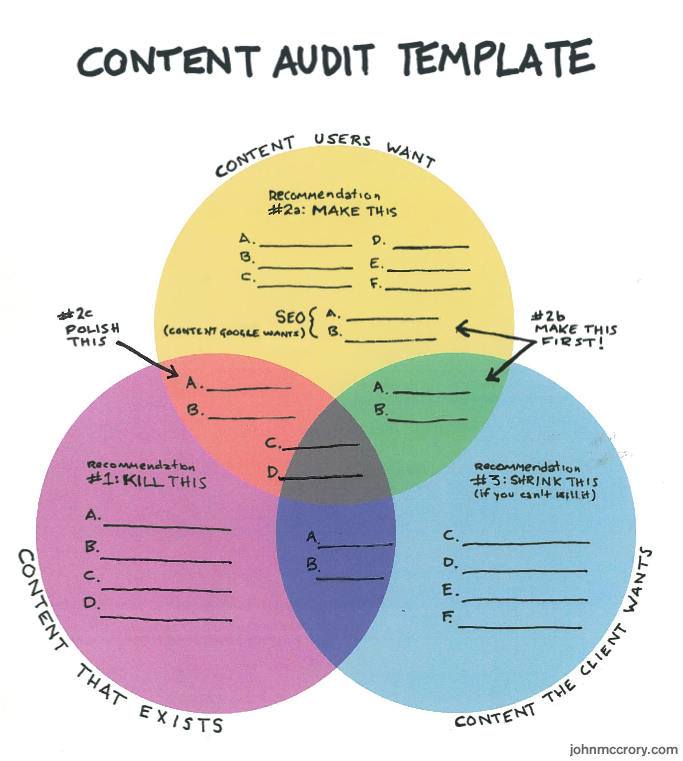
Based on the audit, you can make changes by changing the guidelines, issuing new instructions to the creators or editing existing content to meet the standards.
- Content Refresh
Often, as blogs, videos or infographics age, their information and relevance become outdated. This may lead to a fall in the number of impressions, views and rankings of the page.
When you notice that your rankings are falling or that your views are decreasing disproportionately, it’s time to refresh the content. Based on the data of falling rankings or reduced views, you can create thresholds for each type of content.
For instance, if a video gets less than 100 views in a given time, it must be updated, edited and re-uploaded. Similarly, if the rank of a webpage falls by a certain number in a given time, it should be reworked.
Thus, data can help you after you have already created content by helping you set up protocols to refresh it.
Some Examples of Use of Data in Content Creation
Now that we’ve explored how data can be used before, during and after content creation, let’s see some examples of its deployment:
1. Web Traffic and Engagement Stats:
One of the most important data-based metrics of content is web traffic and engagement stats. A well-curated content creation strategy will never lie: its numbers will either trend upward or plateau at a great height.
Google Analytics and impressions of social media posts are ideal tools for measuring web traffic and engagement.
2. A/B Testing
A/B Testing is a great tool for testing copies, emailers and CTAs. They help you choose from closely contested and similar-seeming content to determine which will have the desired impact on the target audience.
Adobe Target and Kameleoon are examples of services that allow you to A/B test your content.
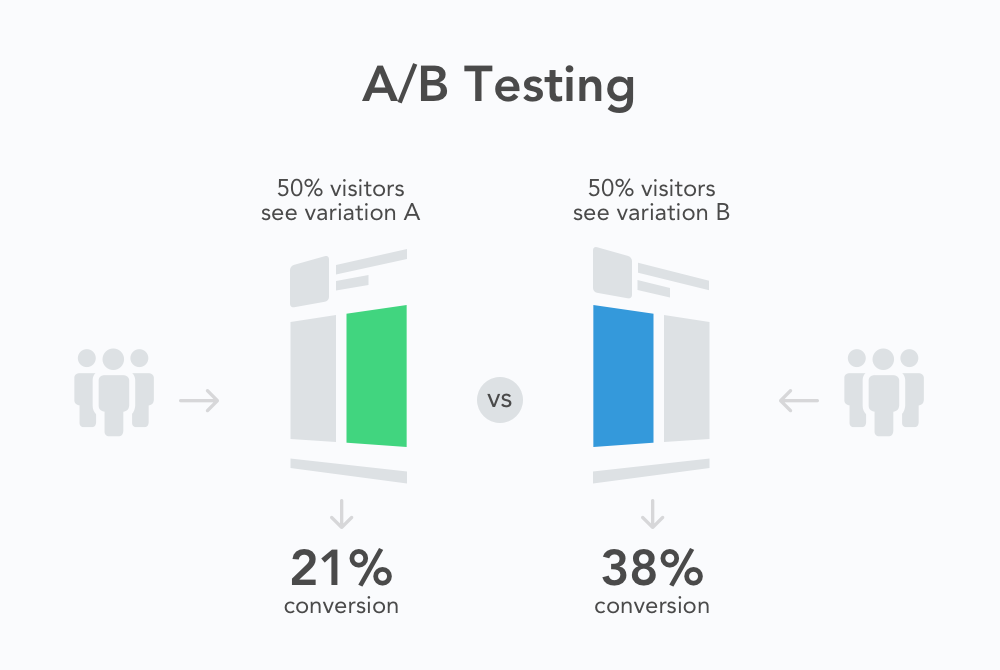
3. SEO Analysis
Organic traffic and website rankings are also great indicators of the success of your content strategy. Apart from these two metrics, a comprehensive SEO Audit can also tell you what your website lacks regarding its content.
It can tell you whether your metatags are effective, whether your content uses keywords well and whether the content is crawler-friendly.
4. Content Quality Assessment
Another great way to deploy data towards content creation is to numerically analyze its quality. There are several ways in which you can measure the grammatical accuracy, readability index and other relevant statistics of your content.
These data points help you ensure your content is accessible and helpful to the target audience.
5. Conversion and Competition Analysis
The aim of curating creative content is to convert prospects into leads and leads into users. Thus, your website’s conversion rate is also an indicator of its content’s effectiveness.
Similarly, competition analysis shows whether and how the competition is carving out a competitive advantage with its content. Both of these data points thus help you understand and gain an advantage in creating better content for your users.
Curate a Data-Driven Content Creation Strategy with Lean Summits
Data is a powerful tool for communicating with your target audience. It tells you where to reach them and how to initiate a powerful conversation with them.
While deploying data to develop content is fast becoming essential, creating a strategy for data-driven content can be difficult. After all, it requires time, resources and commitment. That’s where we come in!
We can help you create a robust and industry-specific data-driven content creation strategy. Through our expertise and experience, we will work with you to ensure that you have the most cutting-edge content creation strategy data can provide.
Find out more about our services, or connect with us to set up a brainstorming session for a data-driven content strategy tailored to your business!

